Vintage year for moths on Handa Island
There was an unprecedented effort by the ranger team on Handa this year to record the rich diversity of moths on the island. The moth trap was deployed on a total of 82 evenings, with 1381 individuals of 120 species recorded.
A further 317 individuals of 56 species were identified in the field, with a total of 140 species recorded across the island over the course of the season. Of these, some of the season’s most unlikely highlights were as follows:
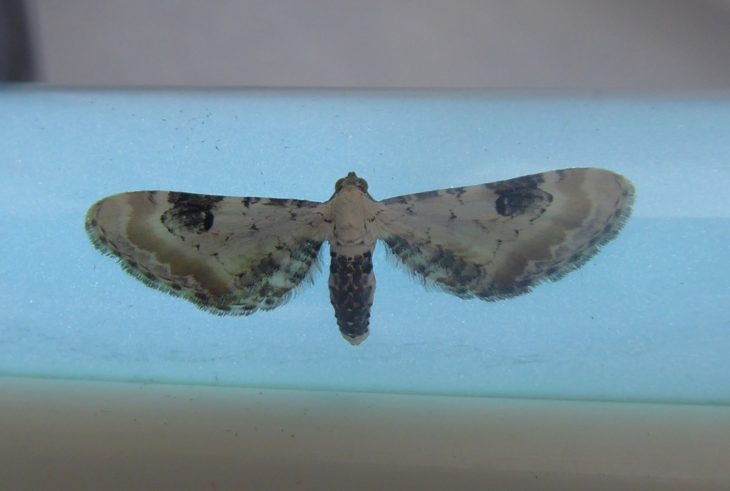
Lime-speck pug – the first records of this species for West Sutherland (VC108) were found in the moth trap by the bothy on 13 and 14 July. The southern part of the Western Isles is a stronghold for the species.
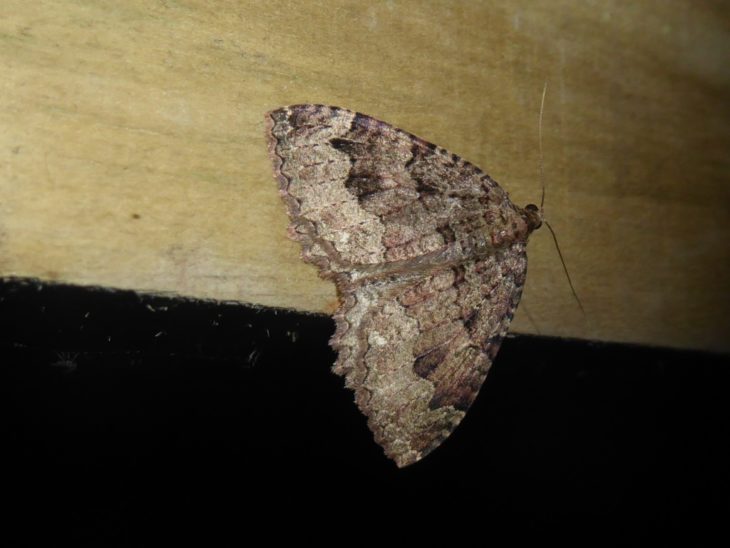
Tissue – the individual photographed near the moth trap on 23rd August was the first record for West Sutherland and the northern-most mainland record.
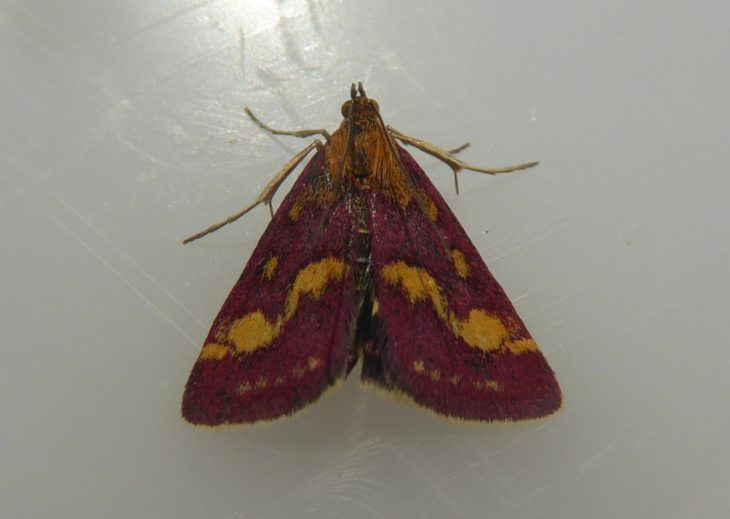
Pyrausta purpuralis – this brightly coloured micro-moth discovered in the moth trap was only the second record for West Sutherland.
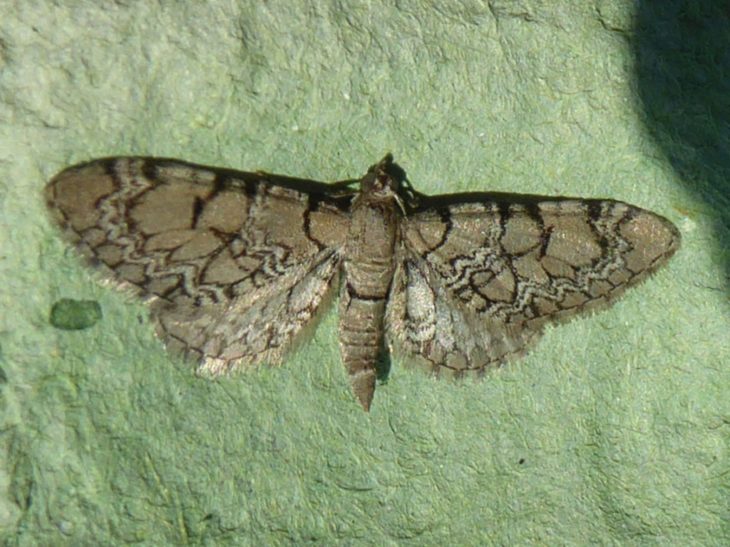
Netted pug – a stunning individual was found in the trap on 30 May, representing only the third record for West Sutherland.
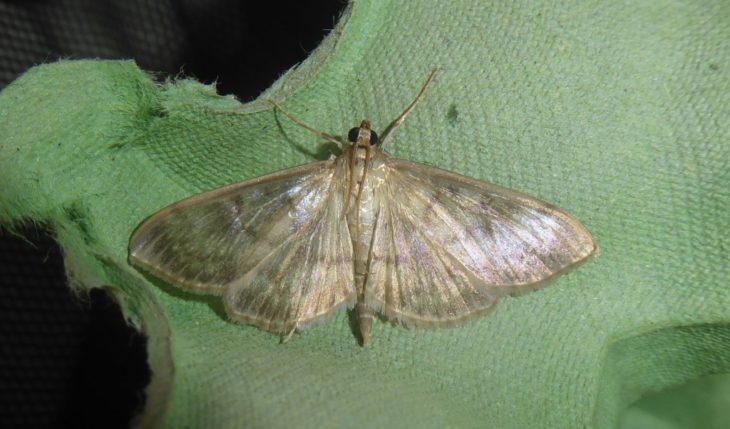
Mother of pearl – Another remarkable species of micro-moth was discovered in the trap on 4 August, representing only the third record for West Sutherland.
A recent collaborative study between the Universities of York, Newcastle and Hull, and the Centre for Ecology and Hydrology (CEH) has highlighted the important ecological role that moths play as nocturnal pollinators.
It is for this reason that understanding the movements of individual species is now more important than ever, particularly as moths are now thought to play a more active role in pollinating agricultural plants than was initially thought. The study indicates that moths compliment the pollinating efforts of day-flying bees and butterflies, although their ability to range further allows them to spread pollen across larger areas than their day-flying counterparts.
The abundance and distribution of moths is collated nationally by Butterfly Conservation as part of the National Moth Recording Scheme by county moth recorders as records are submitted by local enthusiasts across the country. The VC108 West Sutherland county moth recorder Graham Crittenden, was delighted with the contribution made by the Handa ranger team this year.
Graham has provided photographs of the most notable species to Butterfly Conservation’s Senior Conservation Officer Tom Prescott for inclusion in his 2018 Scottish Moth Highlights presentation at the Butterfly Conservation Scottish members’ day meeting at Battleby in October. The ranger team are delighted to have put Handa on the moth map, whilst also contributing valuable data from the remote Scottish island to the National Moth Recording Scheme.
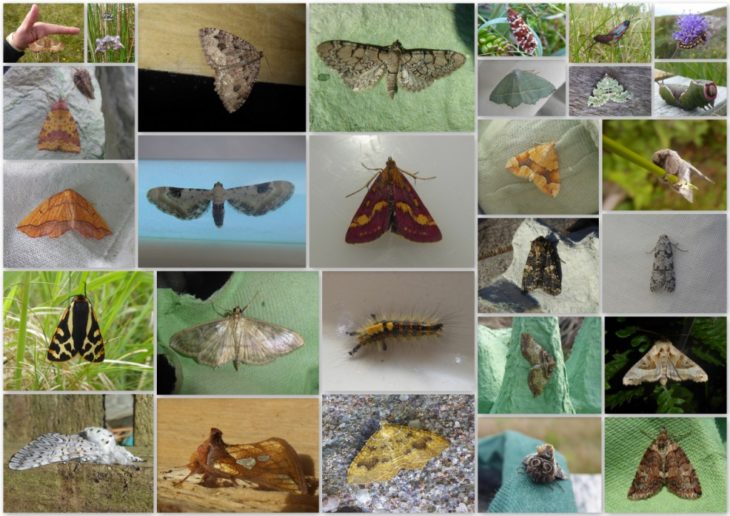
This image collates some of the most spectacular images of moths recorded this year and was created for inclusion in the Handa Ranger’s Report,
Handa Island is owned by Scourie Estate and managed in partnership with Scottish Wildlife Trust. It is better known for its internationally important seabird populations, including one of the largest colonies of guillemots in the country, as well as significant numbers of razorbills, kittiwakes, fulmars, great skuas and Arctic skuas. Visitors are able to access the island via the Handa ferry service which runs between April and September from Tarbet.
Craig Nisbet
Handa Ranger
Help protect Scotland’s wildlife
Our work to save Scotland’s wildlife is made possible thanks to the generosity of our members and supporters.
Join today from just £4 a month to help protect the species you love.
Preface
There was an unprecedented effort by the ranger team on Handa this year to record the rich diversity of moths on the island. The moth trap was deployed on a …
